5 Tips For Traveling By Public Transport With A Pet
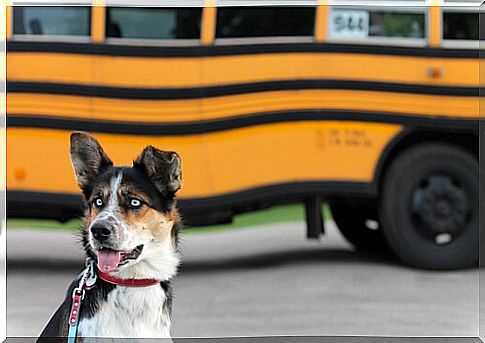
Fortunately, there are more and more cities in the world that enable the presence of pets in public transport. Of course, it is necessary to comply with a series of rules and recommendations to ensure the well-being of your best friend and other passengers. To have the best information, below we summarize five tips for traveling by public transport with a pet safely.
1. Know and respect the specific rules of transport and the city
Each country, autonomous community, city or municipality can establish specific rules for pet access to public transport. In addition, each means of transport may have different conditions or recommendations.
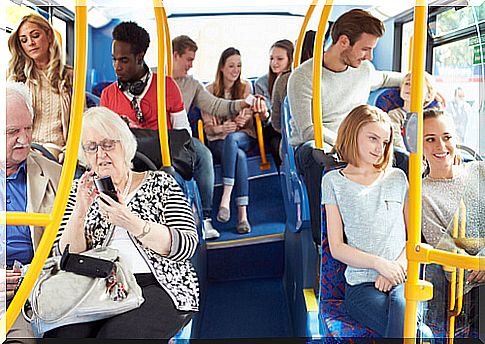
Before traveling with your best friend, it will be necessary to consult the rules of your city and of each means of transport. It is not only a question of legality, but also of enjoying the available resources.
In Madrid, for example, to travel by metro with your pet it will be necessary to go to the last car, reserved for this purpose. All animals must have their identification microchip , wear a muzzle and a leash; traveling by bus through the streets of Madrid, it will be essential to transport your pet in a carrier.
Regarding the weight and size of pets, Barcelona and Madrid are quite flexible, although it is forbidden to carry potentially dangerous dogs or exotic animals. But some cities are stricter and only a small or medium pet is allowed to travel on public transport.
In Malaga, for example, it is not allowed to transport animals of more than 10 kilos ; in Bilbao the weight limit is reduced to 8 kilos for access to the metro. If we do it in the case of Palma de Mallorca and Seville, only guide dogs are allowed.
2. Vaccination and deworming, always up to date
Before traveling by public transport with a pet, it will be key to ensure that your vaccination and deworming record is up to date. In reality, these are basic cares to offer adequate preventive medicine to our best friends throughout their lives.
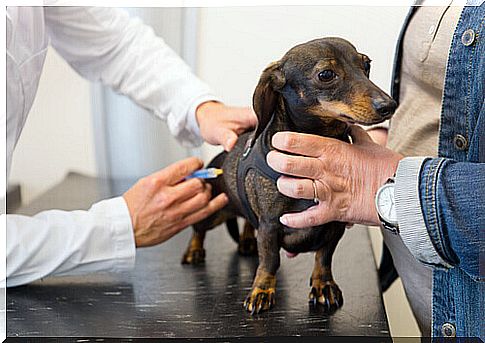
3. Properly identify your pet
As we have seen, to go by metro with your pet in Madrid and Barcelona, the microchip will be essential. And although other cities do not require the presentation of proof of microchip placement , it is an essential element to prevent your pet from getting lost.
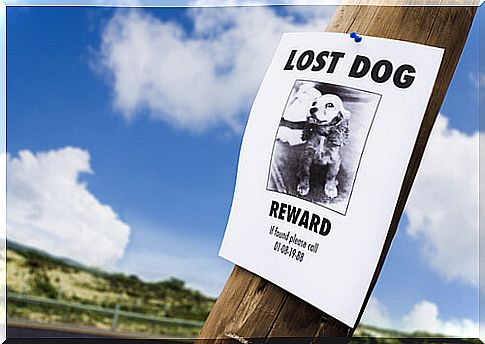
It is also highly recommended that our friends carry an identification plate on all their trips abroad. Although it does not replace the microchip , this plate allows immediate contact and facilitates the return of the animal to its home.
4. Choose the ideal carrier to travel by public transport with a pet
The best option to travel by public transport with a pet is to have a suitable carrier for its size. In the first place, the carrier facilitates the movement with an animal in a public place with many other people.
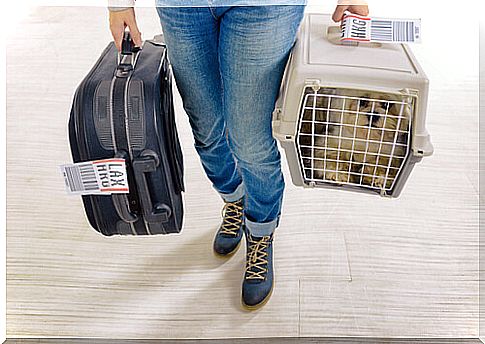
In addition, the carrier provides a safe and controlled environment where the animal can be protected from noise, unknown stimuli and other animals. For this reason, owners of cats and small dogs should prefer the use of the carrier in collective means of transport.
Already medium or large dogs can better adapt to walking with their leash and muzzle in the authorized means of transport. Carrying them in the carrier is not feasible, because this would imply that a single person had to carry almost 10 kilos.
5. Respect your pet’s adaptation times
If your pet has never been outside, taking it to public transport will be a very unpleasant experience. Imagine being suddenly exposed, without any prior preparation, to a set of unknown stimuli and strange people, all in motion.
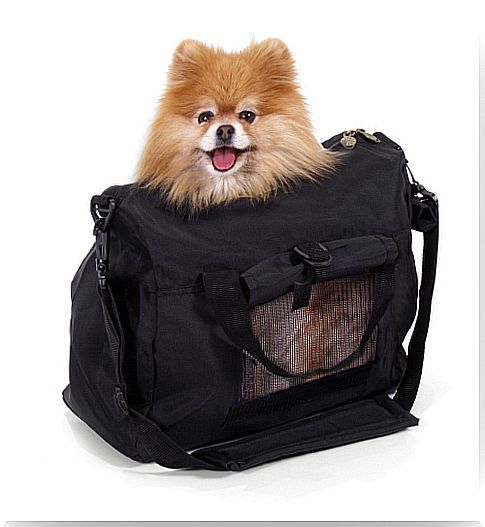
First of all, we must accustom the animal to its own carrier. The first step will be to introduce you to the object, always leaving it open at your disposal. Then we will put a candy or some croquettes of your feed right at the front door.
When the animal approaches the door without problems, we will place the treats inside the carrier, but we will always leave the door open.
By getting your pet to voluntarily enter the carrier, it will be possible to start closing the door, little by little. First we will move it to the middle, leaving the carrier ajar, and we will observe the behavior of our best friend.
If the animal is calm, we will proceed to close the door; if he is still nervous we will wait and try this step another day until he remains calm inside the carrier with the door closed.
After successfully completing the above process, we can take you for a walk in your carrier through the streets. To begin with, we take short walks in the vicinity of our home and we will always reward the good behavior of our colleagues when they return home.
Little by little, we will see how the animal is calm and it will be the right time to make preparations for its first trip by public transport.







